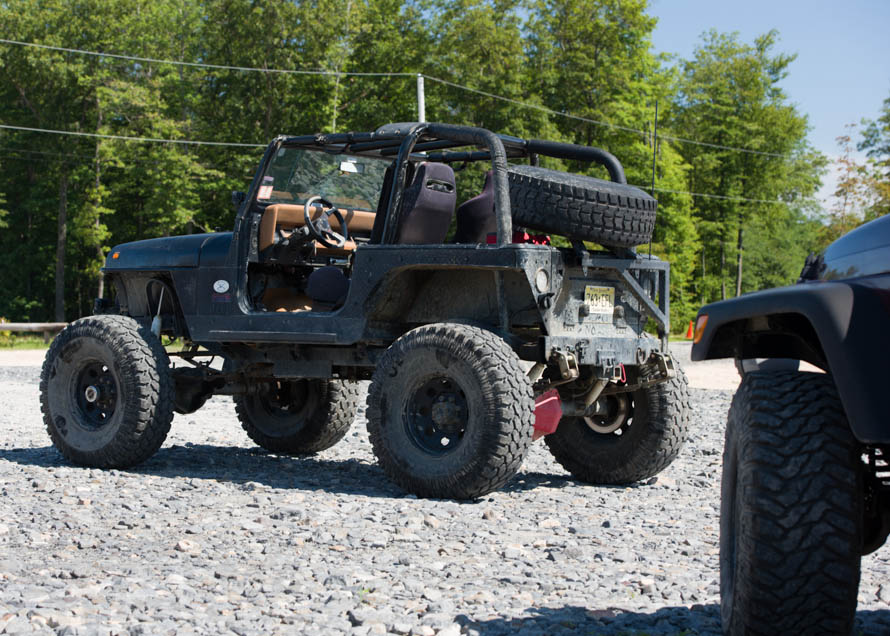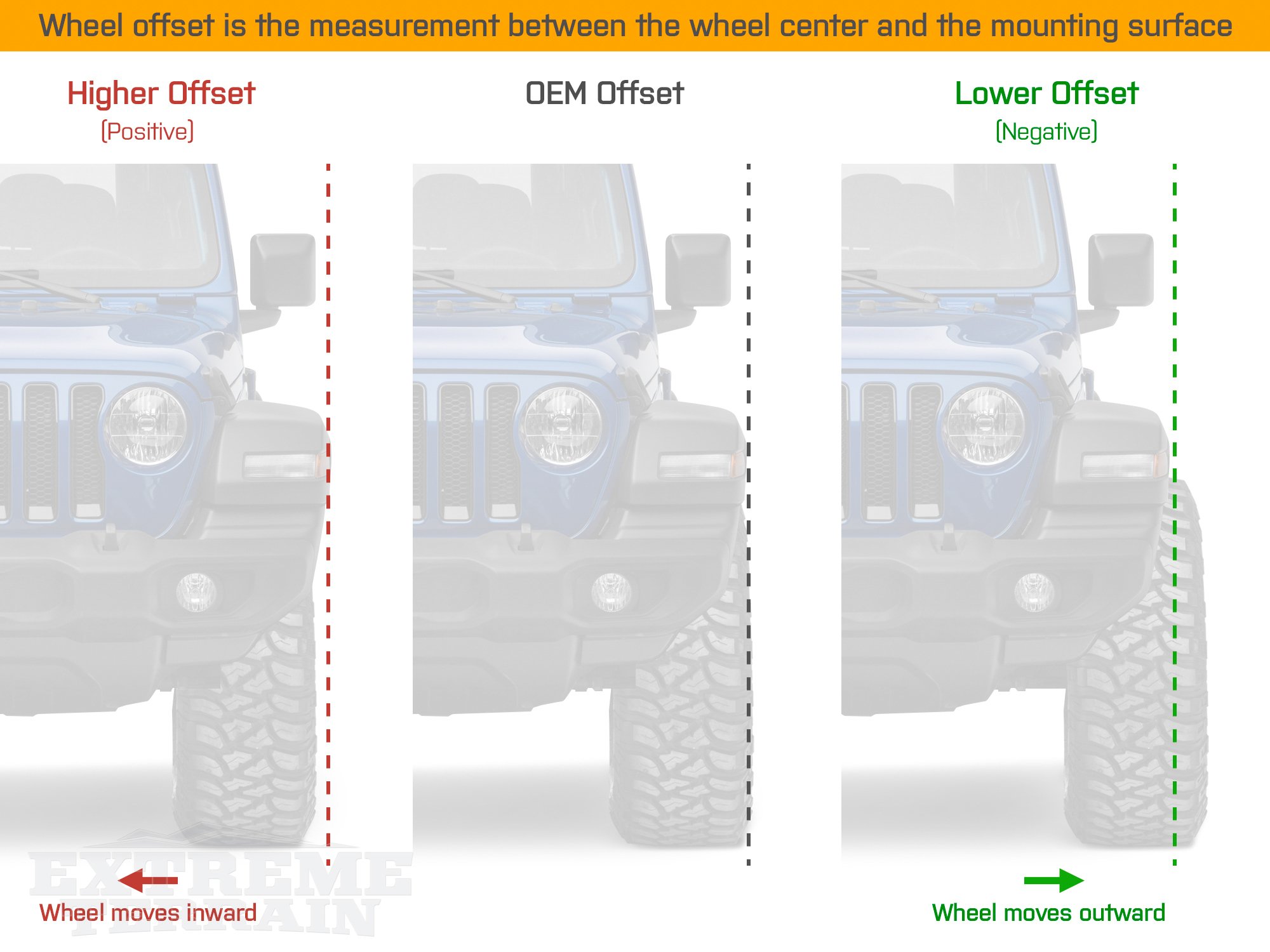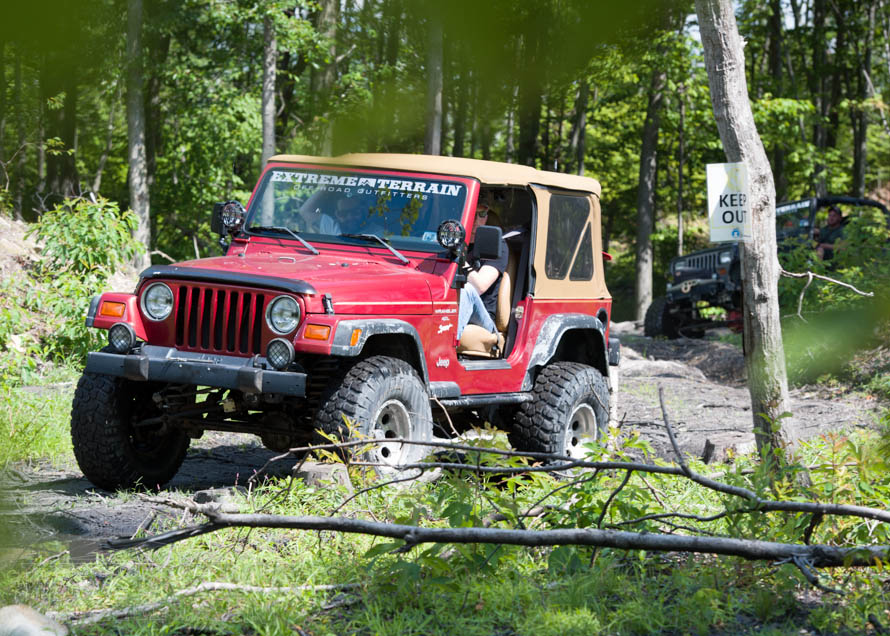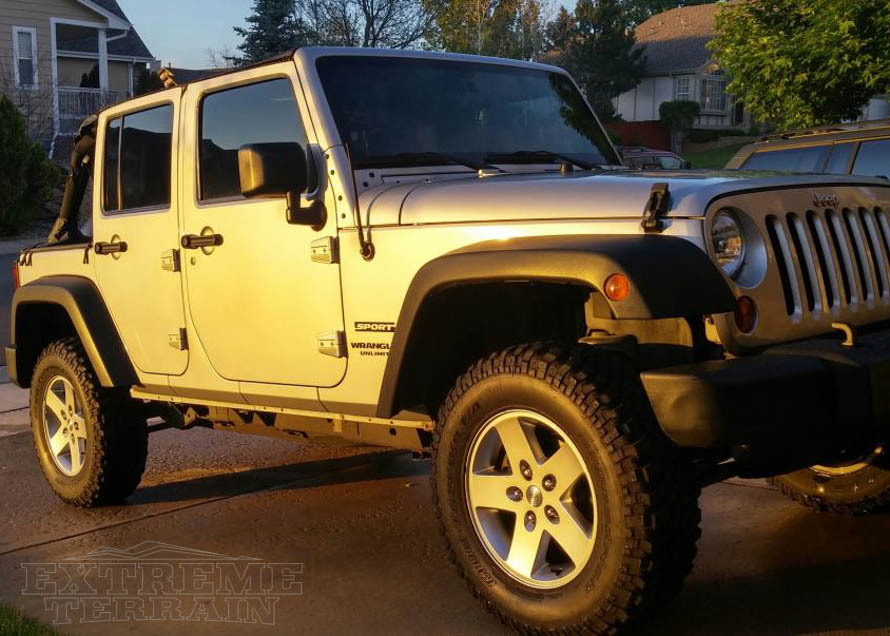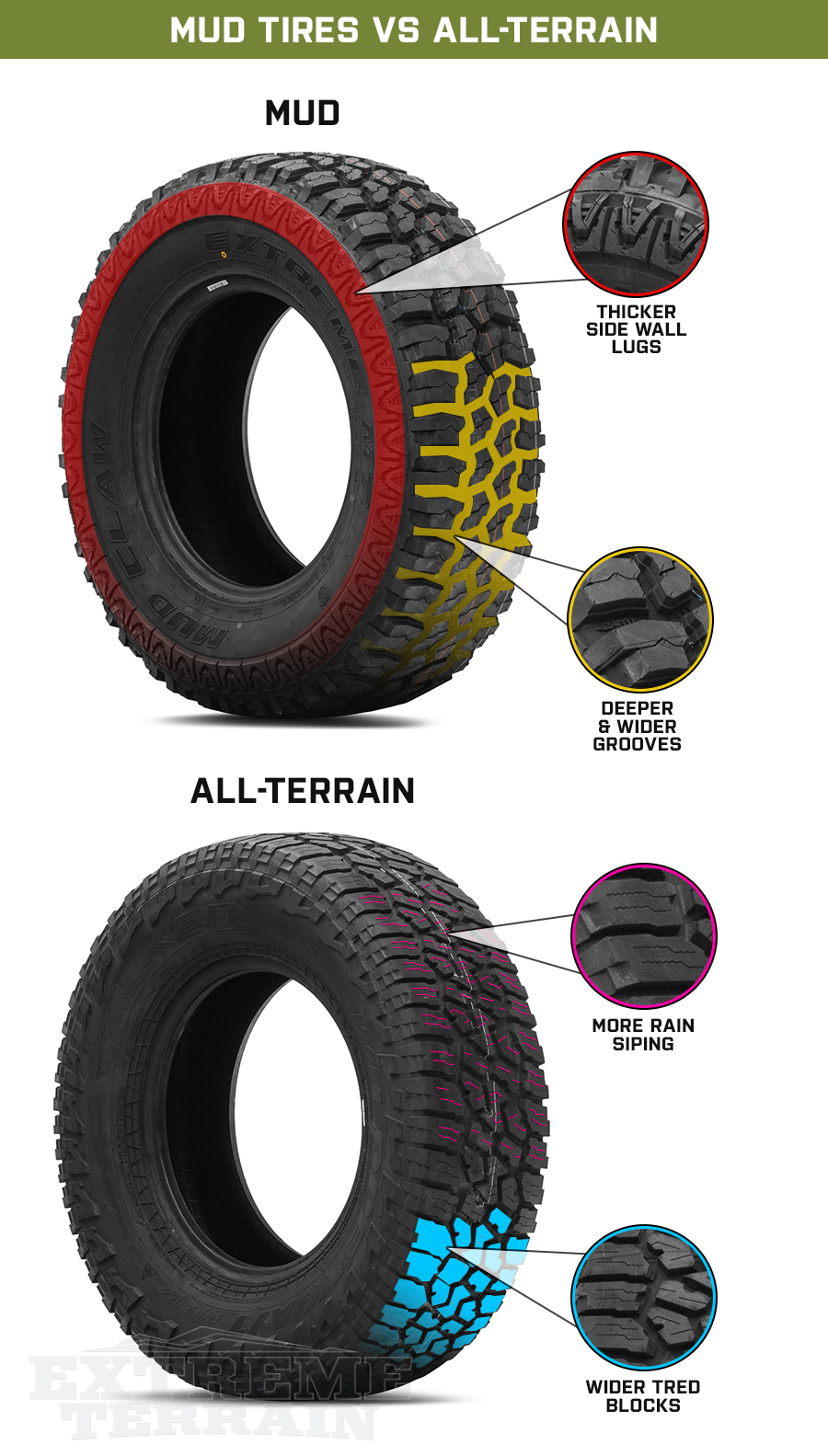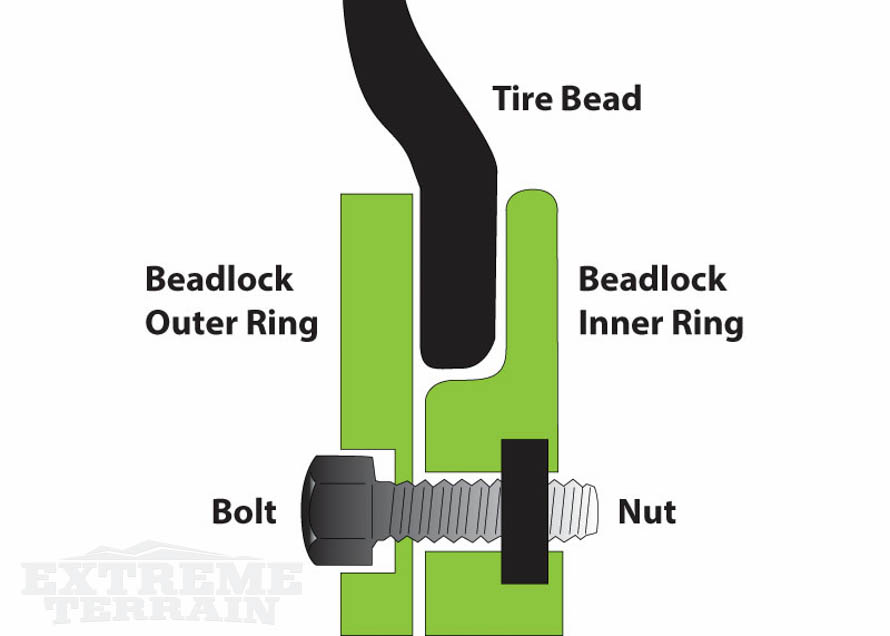When it comes buying Jeep Wrangler wheels you can choose between aluminum or steel wheels. Steel wheels are usually much cheaper than aluminum wheels which tend to be much lighter. Everyone has their own preference and there are several differences between each type. Wheels also come in various sizes. At Extreme Terrain you will find 15” Wrangler wheels, 16” Wrangler wheels, 17” Wrangler wheels, 18” Wrangler wheels and 20” Wrangler wheels.
Contents
- Basic Structure of a Wheel
- What is Jeep Wrangler Wheel Offset?
- What is Wheel Backspacing?
- How do You Work with Offset and Backspacing?
- Jeep Wrangler Stock Wheel Sizes & Lug Patterns
- Jeep Steel Wheels
- Aluminum Jeep Wheels
- Aluminum vs. Steel Wheel Finish Durability
- Understanding Tire Dimensions
- What Size Should I Choose?
- What Other Mods Do I Need with Bigger Wheels?
- What is the "Bead" of a Tire?
- What are Jeep Wrangler Beadlock Wheels?
- The Pros and Cons of Beadlock Wheels
Shop Wrangler Wheels
Whether you are shopping for aluminum Wrangler wheels or steel Wrangler wheels, up-sizing your wheels and tires will add versatility to your off-road rig! Don't forget to add a lift kit depending on the wheel size you select!


